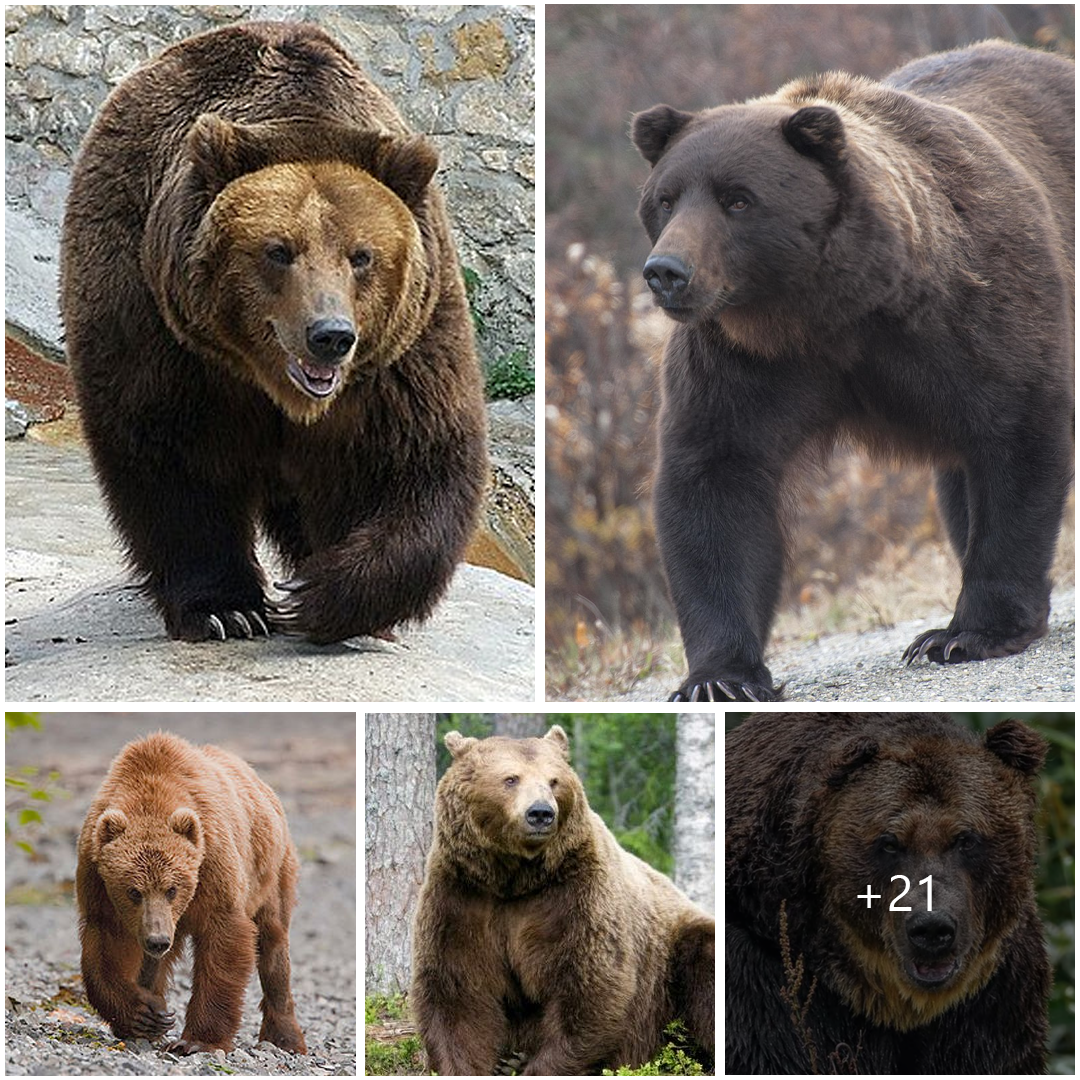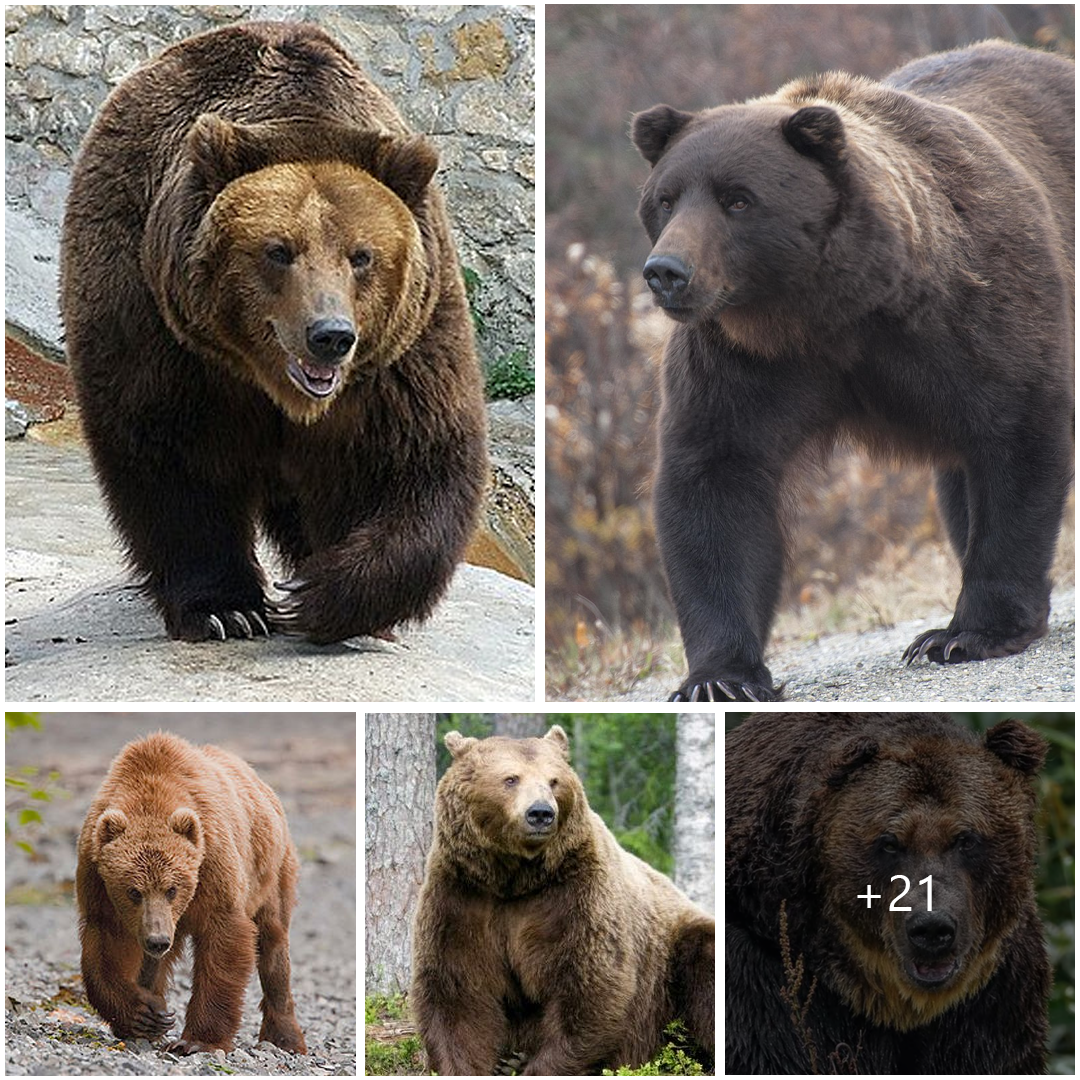

The Hibernation of Brown Bears: A Winter Slumber
Brown bears, known for their imposing size and formidable presence, undertake a remarkable biological process known as hibernation during the winter months. This period of dormancy allows them to conserve energy, maintain body temperature, and survive harsh winter conditions. Let’s explore the fascinating phenomenon of hibernation in brown bears.
Preparing for Winter: As the days grow shorter and temperatures drop, brown bears begin to prepare for hibernation by increasing their food intake to build up fat reserves. This process, known as hyperphagia, typically occurs in the late summer and fall when food sources are abundant. During this time, brown bears may consume vast quantities of food, including berries, nuts, fish, and small mammals, to store energy for the winter ahead.
Entering Hibernation: As winter approaches, brown bears seek out a suitable den site where they will spend the duration of their hibernation period. Dens are often located in remote areas such as caves, hollow trees, or underground burrows, providing insulation from the cold and protection from predators. Once inside the den, brown bears enter a state of torpor, characterized by a significant decrease in metabolic rate, heart rate, and body temperature.
Metabolic Slowdown: During hibernation, brown bears undergo a remarkable metabolic slowdown, with their heart rate dropping from around 40-50 beats per minute to as low as 8-12 beats per minute. This reduced metabolic rate allows them to conserve energy and survive on their fat reserves for several months without the need to eat, drink, or eliminate waste. Despite this decreased activity, brown bears remain alert and can easily awaken if disturbed.
Benefits of Hibernation: Hibernation provides numerous benefits for brown bears, allowing them to conserve energy during times of scarcity and avoid exposure to harsh winter conditions. By lowering their metabolic rate and entering a state of dormancy, brown bears can survive on minimal resources while waiting for spring to arrive. Additionally, hibernation may also play a role in reproductive success, as female bears often give birth to their cubs while in the den.
Emerging from Hibernation: In early spring, as temperatures begin to rise and food sources become more abundant, brown bears gradually emerge from their dens, signaling the end of hibernation. During this time, they may appear groggy and disoriented at first but quickly regain their strength and mobility as they resume their normal activities. The awakening of brown bears from hibernation is a welcome sign of the changing seasons and the renewal of life in the natural world.
Conservation Considerations: While hibernation is a vital survival strategy for brown bears, it also makes them vulnerable to human disturbances, habitat loss, and climate change. Conservation efforts aimed at protecting denning sites, preserving crucial habitats, and minimizing human-bear conflicts are essential for ensuring the long-term survival of brown bears and the ecosystems they inhabit. By respecting their natural behaviors and providing adequate protection, we can help safeguard these magnificent creatures for generations to come.





